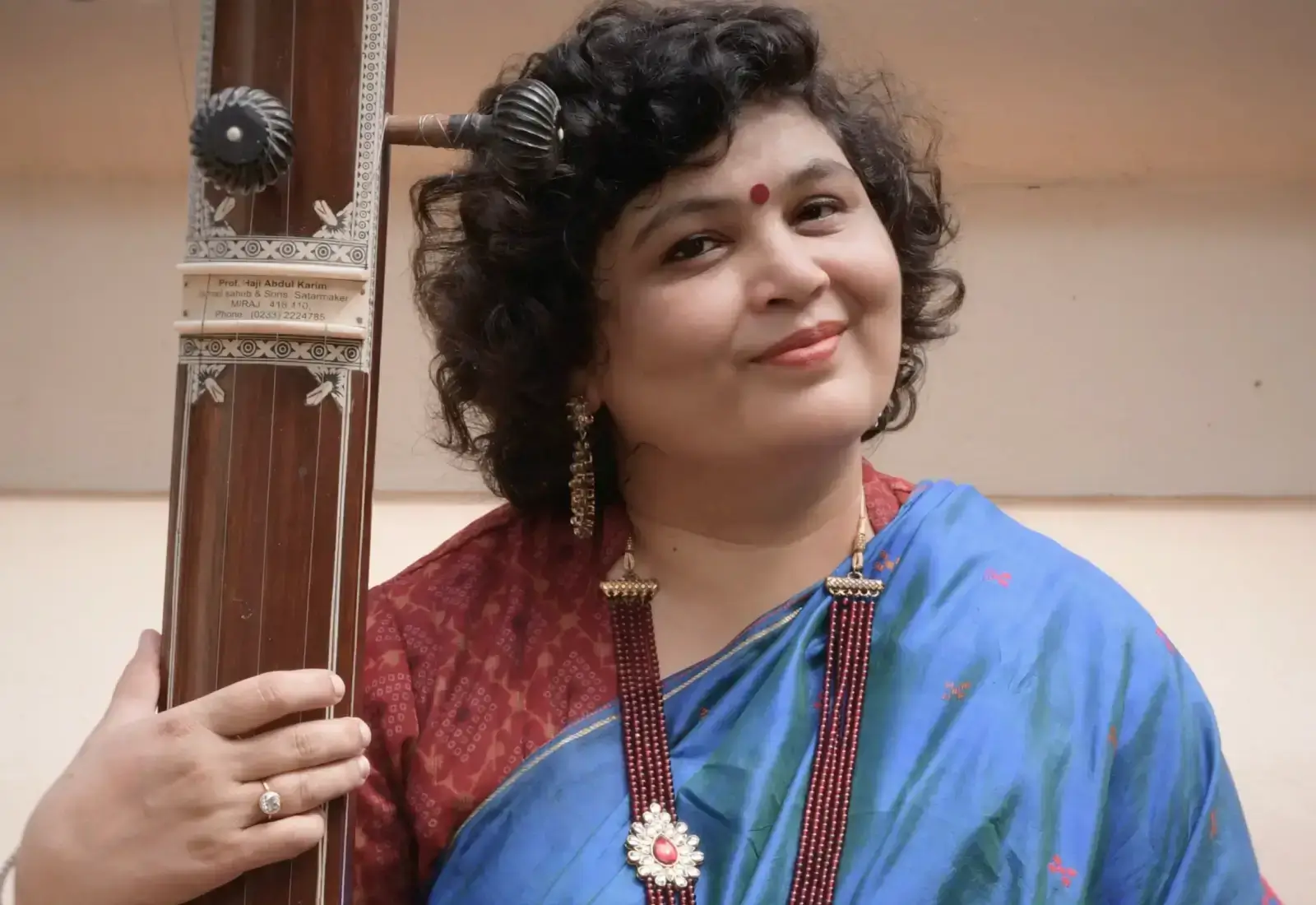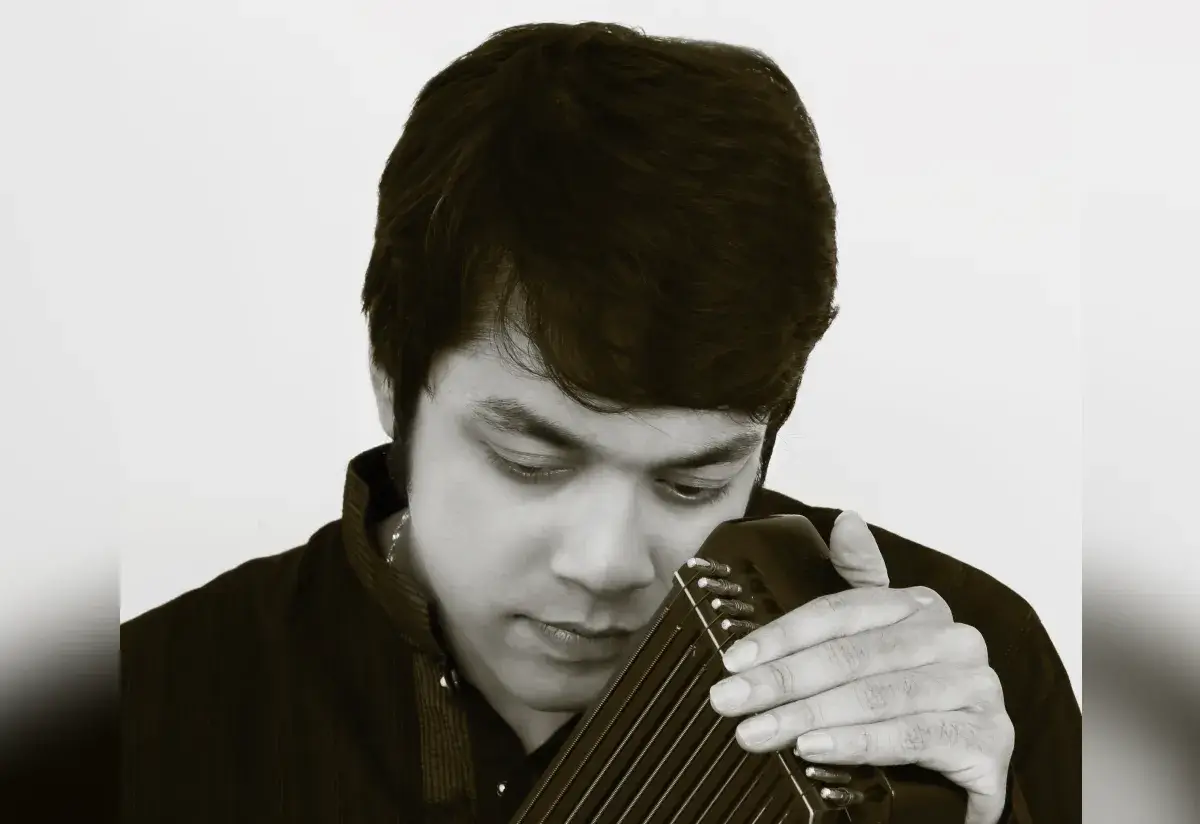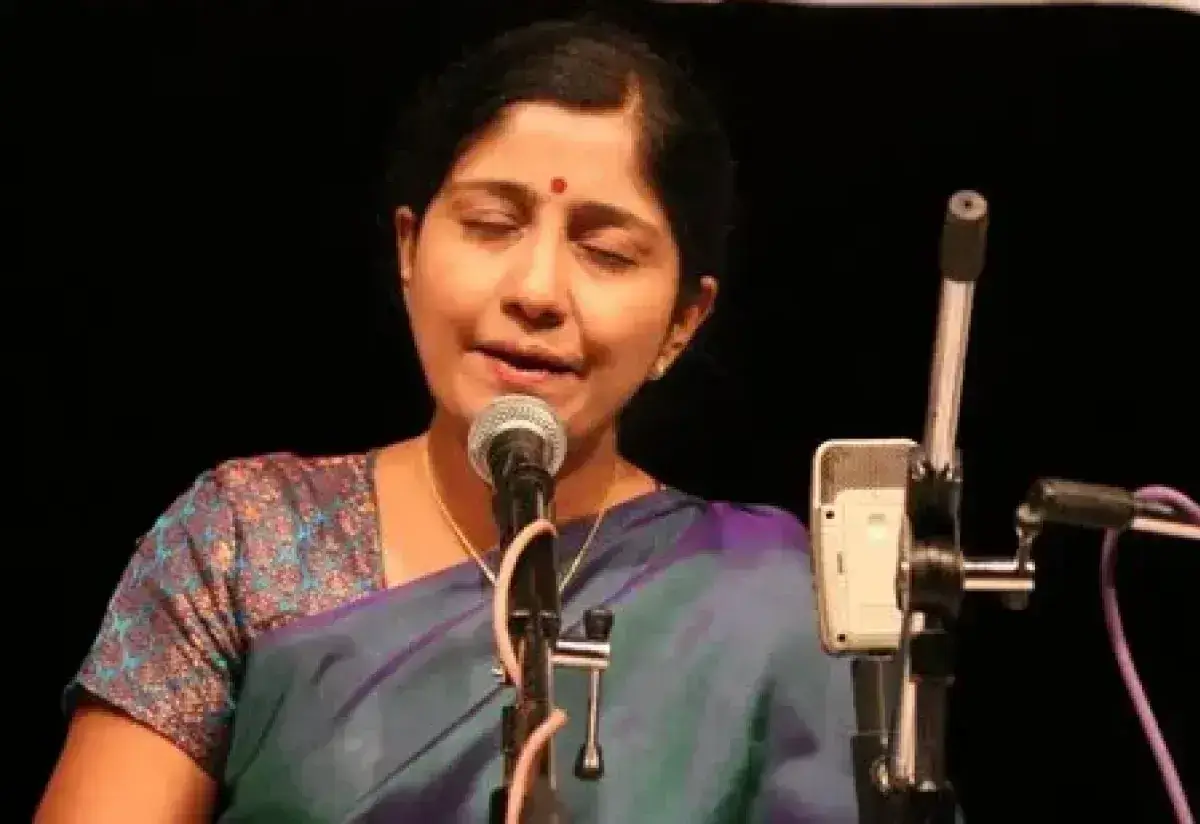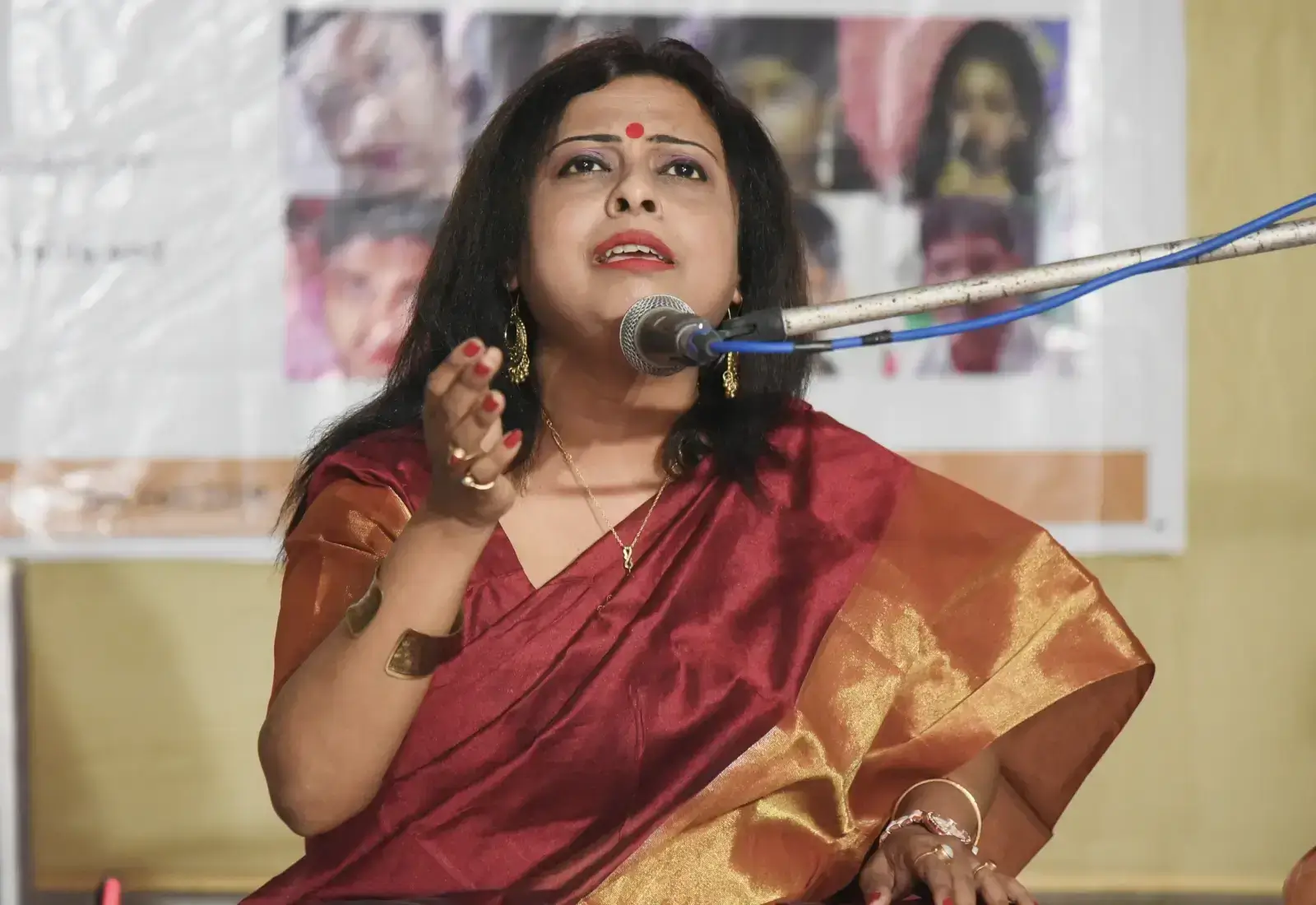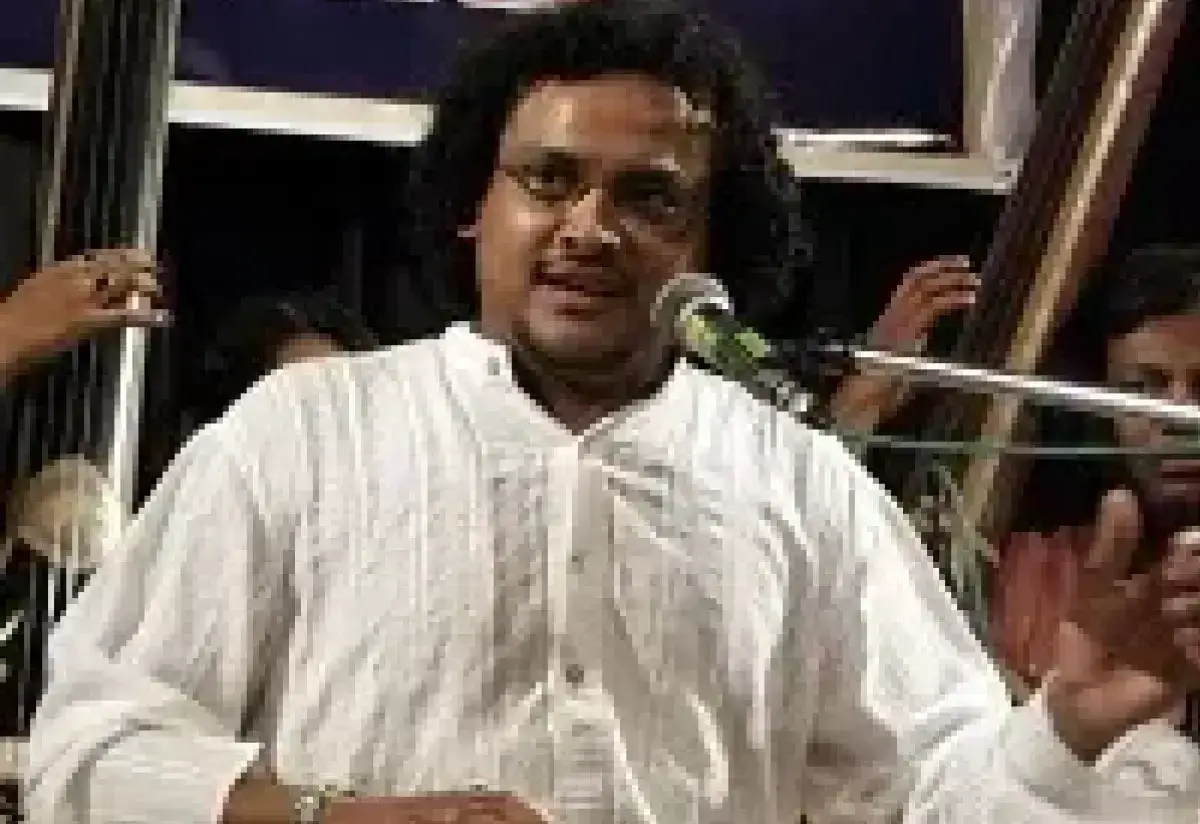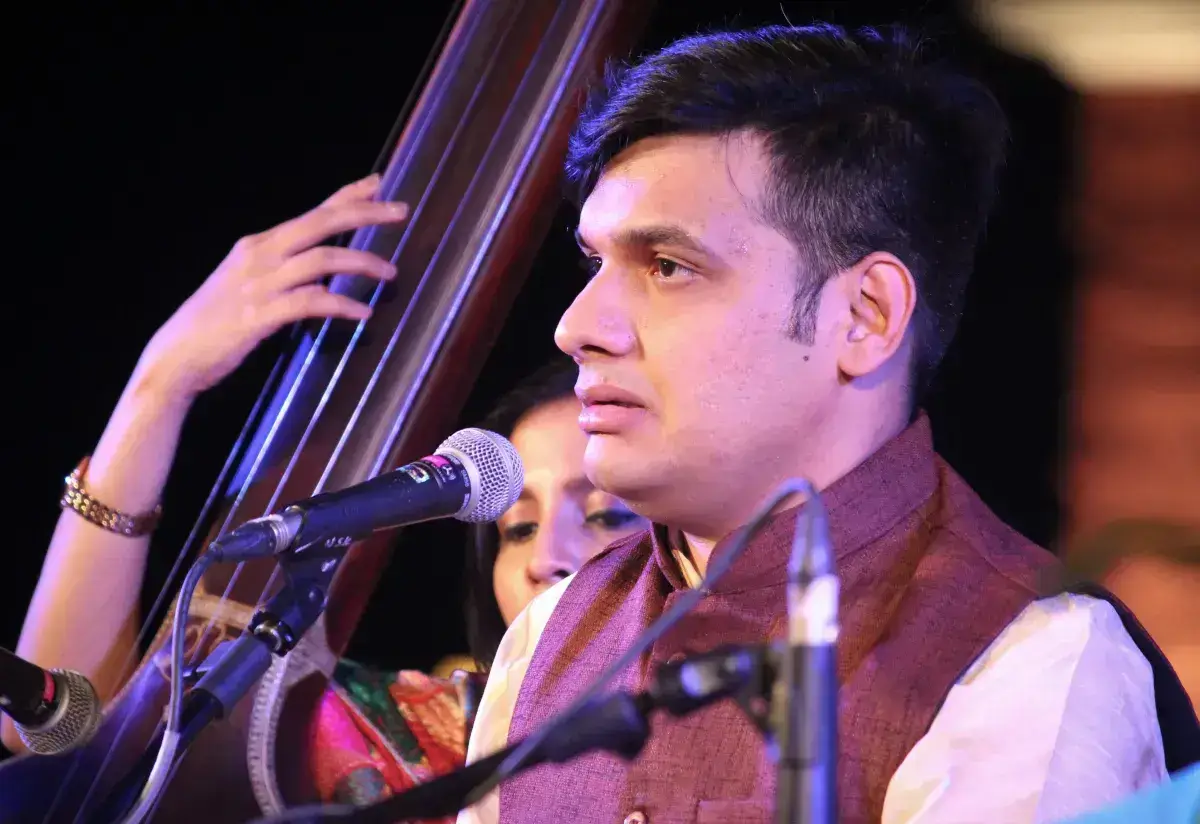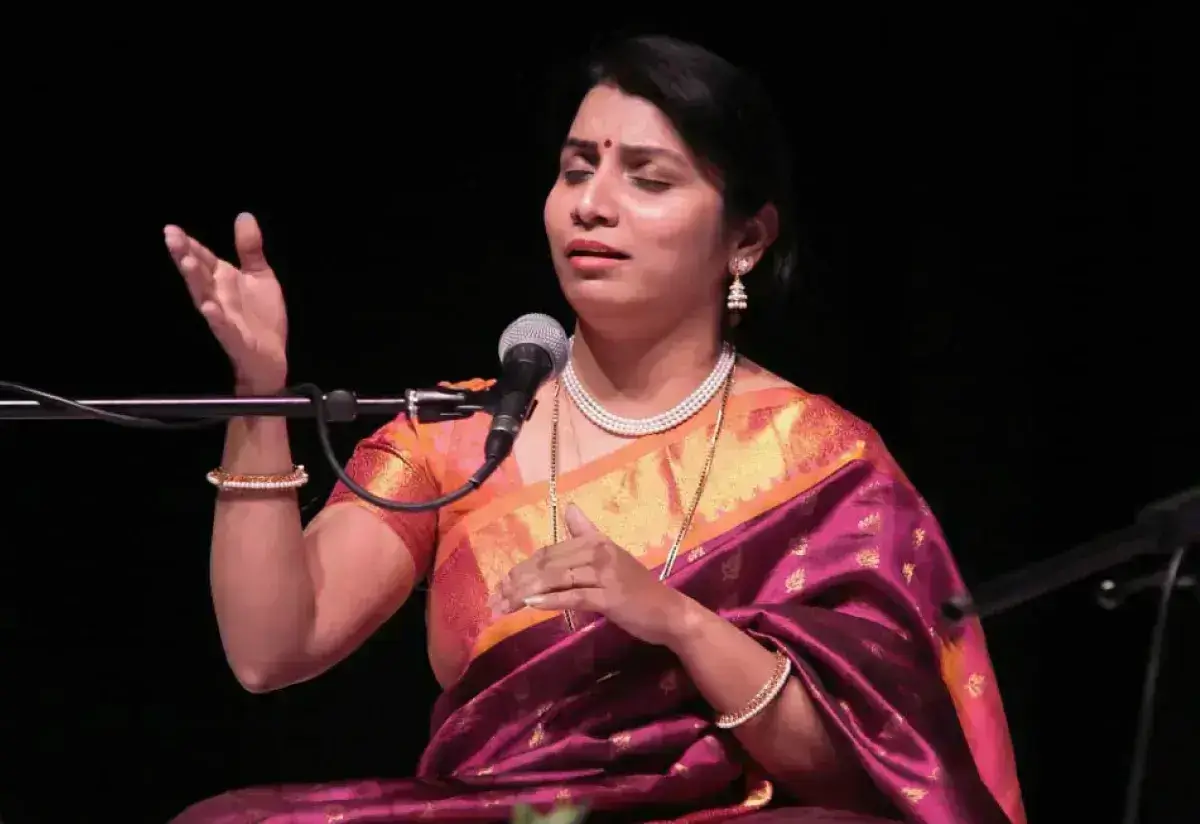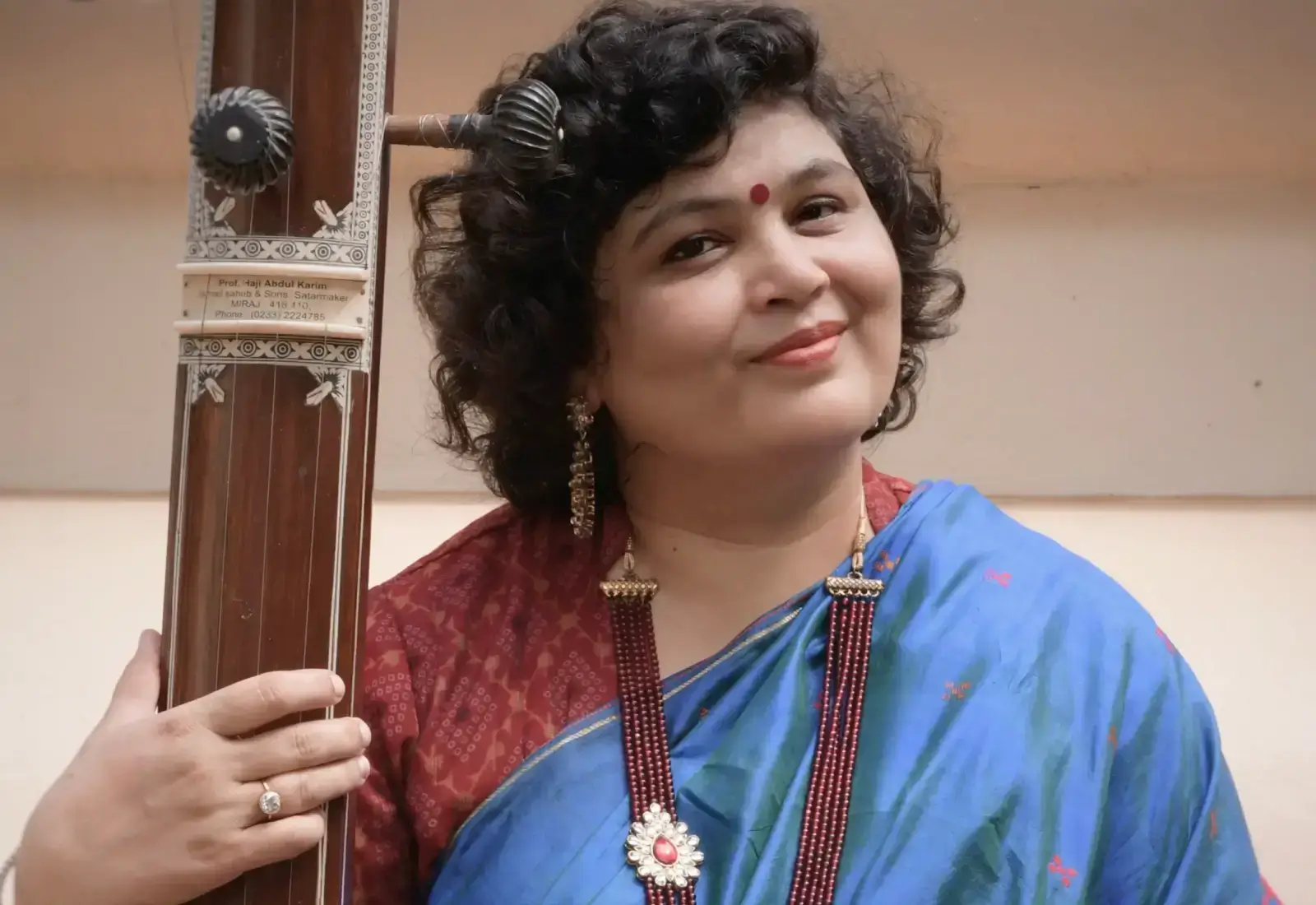Qawwali: About, History, Essence & It's Significant Elements
“O laal meri pat rakhio bala jhule laalan
sindadi da sehwan da
sakhi shahbaaz kalandar
dama dam mast kalandar,
ali da pehla number dama dam mast kalandar…”
Or for that matter - “Dam mast kalandar mast mast!” or ‘Ali Ali Ali Maula Ali Ali’ and many more such soul-stirring Qawwali music.
There is something magical and ecstatic about Qawwali music!
The way the singers call out words like Ali or Maula, it feels like it is reaching the very pit of your soul and vibrating through your body and mind.
Qawwali music is not just another song. Rather it is a phenomenal experience that starts with the instrumental initiation to be taken over by the lead singer.
The lead singer transmits the frenzy to the audience until everybody, from the performers and the listeners, starts grooving with the music.
The rhythmic music, the pitch, the full-throat voice of the performer, the claps, and the beats of the Qawwali are magical, ecstatic, and transcendental to say the least.
Just like Khyal one more truly prized earning for the Indian music fraternity out of the Hindu-Islamic confluence is - Qawwali.
Though it is not as widespread as the Khyal Gharanas yet is a significant part of Indian music.
What is Qawwali?
Sung in Persian, Hindi, Urdu, Punjabi, and Bengali, Qawwali is the Sufi-Islamic devotional music that is practiced outside the Dargahs.
At present, it is also a regular feature of Bollywood movies as well as on the international stages.
It would be truly an exciting journey to trace the Qawwali tradition right from its roots to how it has evolved in India. So here it goes...
History of Qawwali
Qawwali music was born in the Indian subcontinent in the 13th century following the Islamic invasions.
It draws its roots from the same origin that led to the Khayal Gharana of Hindustani classical music.
The origin of Qawwali can be traced from the four Tarriqas of Sufi musical heritage that came to India.
These include Chistiya, Qadiriya, Suhrawardiya and Naqshbandiya. Out of these, the Chistiya Tarriqa contributed to the inception and shaping of Qawwali music.
In the 11th century, Hazrat Nizamuddin Aulia, a descendant of the Chistiya Tarriqa of Sufism used music in his spiritual congregation.
In the 13th century, his disciple Amir Khusroo blended the ideologies and structures of Persia, Turkey, India, and Arabia to give a definitive direction to Qawwali music.
It flourished more when local flavours from all parts of northern, eastern, and western India, were infused with it.
Today, there are several regional Qawwali traditions in the Indian subcontinent that includes, including Marathi, Dakhini, and Bangla Qawwali.
Essence of Qawwali
The word Qawwali is derived from the Arabic word qul or qaula, meaning uttering or speaking.
Subsequently, qawwal in Arabic refers to a person who speaks loudly or is a storyteller.
The Turkish were the first to use the word qawwal for referring to the dervishes who performed the whirling chants of the great Sufi saint, Jalaluddin Rumi.
Thereafter, as the word traveled to India, followed by its Urdu adaptation, the term qawwal was coined for people who sang Qawwali.
In India, Qawwali became a common feature in the Dargah or Sufi Khanqah (a place where the followers of the Sufi faith assemble to perform their rituals).
It was performed as a part of ‘mehfil-e-sama’ that is carried out after the death of a saint.
In due course of time, as Qawwali evolved as a distinguished musical genre, it also emerged as an emblem of cultural, linguistic, and spiritual confluence between Hinduism and Islam.
It gave birth to a completely new cult of music in India.
Incepted in the medieval period in the Indian subcontinent, Qawwali is now more than 650 years of age.
Qawwali is a euphoric musical expression that brings together love and devotion.
The ecstasy of this union is manifested through the body, mind, and voice of the qawwal as he keeps repeating the verses - starting slow and then building up the tempo and pitch to rise to the apex.
Qawwali music is much like meditation.
You warm up to it slowly, trying to bring your focus back over and over again.
You are distracted several times and have to attempt to bring yourself back in a to and from motion until it develops a rhythm.
This is one level where you lose yourself to the rhythm and the sound.
And some more time into this process, slowly, the repeating chant, the sound, and the rhythm just fall behind as you crossover to a blissful state of mind.
It is all so quiet, so peaceful and so ecstatic. It is just the happiest space you have ever been to.
That is exactly how Qawwali music proceeds - starting slow, deploying the lyrics to engage the listeners, building the tempo slow and steady, and involving all the other elements of the composition to slowly elevate itself to reach the crescendo.
Significant Elements of a Qawwali Song
Qawwali is usually performed by a team of vocal and instrumental artists.
There is one lead vocalist accompanied by a team of supporting vocalists who repeat the couplets after the lead singer.
Traditionally, the instruments used as accompaniments with qawwali include harmonium, table, dholak, and sarangi.
The very musical structure that is used to compose Qawwali is in itself inspiring and elevating, to say the least.
The lyrics are mostly simple, involving just a few words. It is all about chanting a couplet aloud in a particular tone and rhythm.
Halqa
Constant repetition of the verses in a particular tone creates a rhythmic pattern that builds up the energy.
The musical note and the sound collaborate to create a transcendental impact that takes the singer and the listener to lose themselves in a highly spiritual space.
This rhythmic pattern is known as the Halqa.
There is a perfect balance of music, rhythm, chanting as well as silence that helps the human mind to transgress to the level of divine consciousness.
Taqrar
The structure of qawwali also features a taqrar or friction. The way the main lead throws the verses and is retaliated by the supporting vocalists creates a pattern of quick and challenging revert, a dialogue, or a to and from rhythm.
Qual and Qalbana
In qawwali, the lyrics are composed in qual or qalbana. Qual refers to Arabic verses that sing praises of the Prophet or his divine sayings. Combined with tarannum or melody, it creates a complete musical repertoire. The songs are also composed in qalbana which refers to verses that are derived from Arabic and Hindi.
Tarannum
Amir Khusro, a Sufi saint and music composer used distinguished ragas such as Yaman, Bageshri, Basant, and Sohoni to compose qawwali. Later, these compositions were further enhanced by including Persian verses.
Action
Body movements or actions form one of the significant features of qawwali. The lead singer uses gestures with open arms towards the onlookers as well as upwards toward the sky. It seems like an inviting gesture suggesting that the singer has already embarked on a divine journey and is urging the onlookers to join him in his ecstatic experience.
The qawwali singers came to be known as the qawwal ke bacche. Having discussed the most significant features of the basic structure of Qawwali music, there are several features of qawwali that include - alaap, anga, band, bandhana, band sama, bari ka gana, bol, bol samjhana, chachar or beats, chal, chalat phirat, dhun, dhoha, dohrana, and ghazal among many others.
Localization Qawwali and its Impacts on Regional Music
In due course of time, qawwali music traverses the plains of the Indian subcontinent, to be sung in several vernacular languages.
The primary languages are Persian, Hindi, Urdu, and Punjabi, qawwali songs are also written in Awadhi and Braj Bhasha.
It emerges as a musical genre that propels unison between the faith, culture, and devotion in Hinduism and Islam.
As it sings praises of God through verses composed in vernacular languages such as Marathi and Bangla, it merges and celebrates the semblances among the two sects.
Though it is not talked about as much, qawwali was practiced in medieval Bengal following the Islamic influences on its art and culture.
An outcome of the Sufi and Bhakti fusion has left its mark on the music of Bengal through the Baul-Fakiri songs as well as Kirtan (devotional music and dance practiced by Vaishnavas of Bengal) that have influenced generations of musicians.
The lyrics of these Baul-Fariki songs have references to qawwali. The imprints of Sufism and Baul tradition are also evident in the Majibhandaries songs of Chittagong in Bangladesh.
Qawwali in films and International Acclaims
It’s been a long that qawwali songs jumped the fence from being sung at Islamic shrines to Bollywood movies and even at international stages.
The structure of performing teams and presentations has also gone through a sea change. The contemporary versions also feature solo performances.
From being completely a domain for men, an all-female Manwa, based out of Pakistan has also hit the headlines in the recent past.
Contemporary instruments and the use of amplifiers, significant up-gradation to the modern stage set up from the traditional white circular sheet indicating the area for performance, and doing away with the vel or cash collection, are some of the significant changes in qawwali performances.
It was the legendary vocalist, Late Nusrat Fateh Ali Khan who initiated the journey of qawwali to reach the international stages.
A musical prodigy who made his mark on the international audience from fifteen years of age, he spearheaded several experiments and collaborations to create a universal appeal for qawwali as a musical genre.
Later, several other acclaimed vocalists such as Rahat Fateh Ali Khan, Abida Parveen, Farid Ayaz, and Sabri Brothers worked towards making qawwali songs enjoyable for the contemporary audience across the globe, while keeping the traditional flavor intact as well.
The mid-twentieth century saw qawwali being featured in films.
From the very early remembrance of ‘Teri mehfil mein qismat azmakar hum bhi dekhenge’ and ‘Humein to loot liya milke husnwalon ne’ to the magical retro vibes in ‘Parda hai parda’ and the techno qawwali of ‘kajra re’ that uses all upgraded western instruments, qawwali as a musical genre has thrived to remain relevant to the time.
At present...
Qawwali features as a favorite playlist for every age group across the world. The singers have changed and so has the stage and the audience.
And more importantly, from being a deeply religious recital, the contemporary compositions have a more open approach and a universal appeal.
It is more hummable and comprehensible for the common people.


